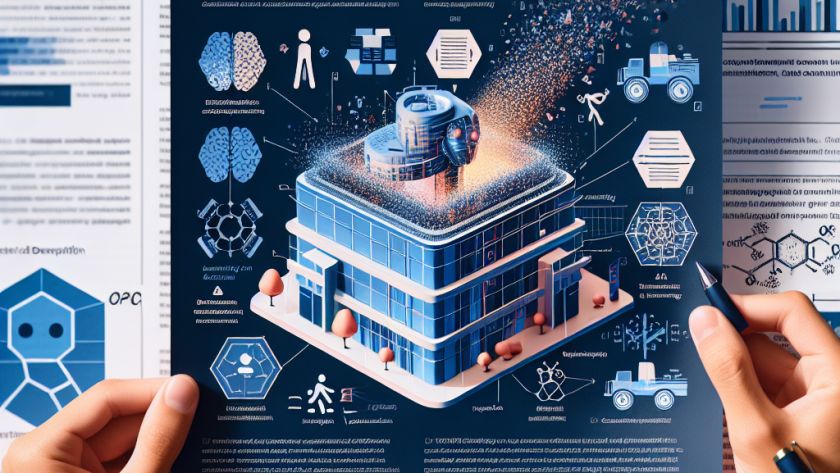Reinforcement Learning from Human Feedback (RLHF) uses a reward model trained on human preferences to align large language models (LLMs) with the aim of optimizing rewards. Yet, there are issues such as the model becoming too specialized, the potential for the LLM to exploit flaws in the reward model, and a reduction in output variety.…












